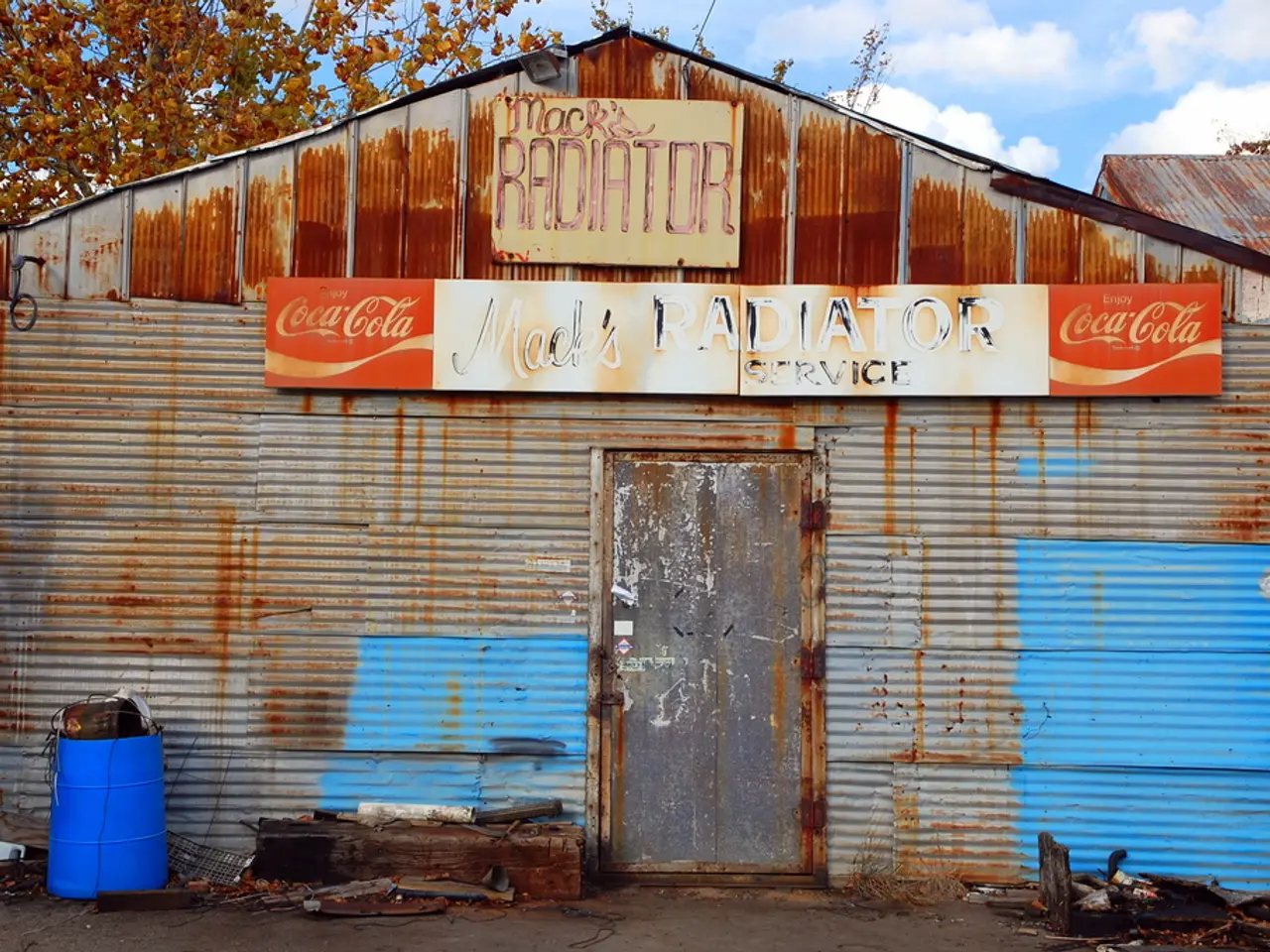The entity behind the PFAS pollution
In Alsace, France, authorities have issued a warning against consuming tap water due to elevated levels of Per- and Polyfluoroalkyl Substances (PFAS). This chemical group, first discovered by the American chemical giant DuPont in 1938, has since been used in various products, from non-stick cookware to medical devices.
PFAS are a large family of around 10,000 synthetic chemicals, characterized by their very stable carbon-fluorine bonds, making them persistent in the environment. They are used in many consumer and industrial products, including waterproof outdoor clothing, makeup, stain-resistant carpets, and wind turbines.
Their persistence in the environment and widespread use have made PFAS a global problem. They can be detected almost everywhere, and their health effects are concerning. Scientists have linked PFAS to liver and kidney damage, increased cholesterol levels, diseases of the lymph nodes, reduced fertility in men and women, low birth weights in babies, reduced effectiveness of vaccinations, and cancer in high concentrations.
The US Environmental Protection Agency has identified nearly 10,000 locations across America contaminated with PFAS, potentially affecting around 160 million people. In the US, the chemicals accumulate in the body over time and can be detected in blood, breast milk, hair, and other bodily fluids.
In Europe, 23,000 sites are known to be contaminated with PFAS, with around 2,300 posing a health risk. The European Union has passed legislation to reduce the use of PFAS, with member states seeking to abolish them in the long term, making exceptions for products whose use is "essential for society".
In Italy, the town of Trissino, located at the foot of the Italian Alps, has faced contamination issues. A court in Rome recently concluded that the region has been contaminated with extremely toxic chemicals from a local chemical facility. The contamination could affect around 350,000 people in the northern Italian region of Veneto.
In Dalton, Georgia, a lawsuit is being filed against a carpet manufacturer, Chemours, and the chemical company 3M due to fears of PFAS contamination. Residents in Dalton have been warned not to drink tap water due to PFAS contamination, potentially affecting their health.
The US Environmental Protection Agency under former President Joe Biden adopted legally binding limits for six PFAS chemicals in drinking water, but four were reversed by the subsequent Donald Trump administration. However, in a significant move, the 3M Group agreed to pay around $10 billion to local water suppliers to settle lawsuits over PFAS pollution and those that could arise. DuPont and Chemours have also agreed to pay $671 million in compensation to 3,550 people affected by PFAS contamination.
The use of PFAS has a long history, with the substance later finding widespread use under the brand name "Teflon" in the form of coated pans, marking the beginning of its commercial rise. However, incidents such as the 1998 death of a hundred cows near a production facility in the US city of Parkersburg due to a clearly scratched non-stick coating of Teflon suggest decades of concealing the danger posed by PFAS.
As authorities and scientists continue to grapple with the challenges posed by PFAS, it is clear that more action is needed to protect public health and the environment from these persistent chemicals.
Read also:
- Understanding Hemorrhagic Gastroenteritis: Key Facts
- Stopping Osteoporosis Treatment: Timeline Considerations
- Tobacco industry's suggested changes on a legislative modification are disregarded by health journalists
- Expanded Community Health Involvement by CK Birla Hospitals, Jaipur, Maintained Through Consistent Outreach Programs Across Rajasthan








